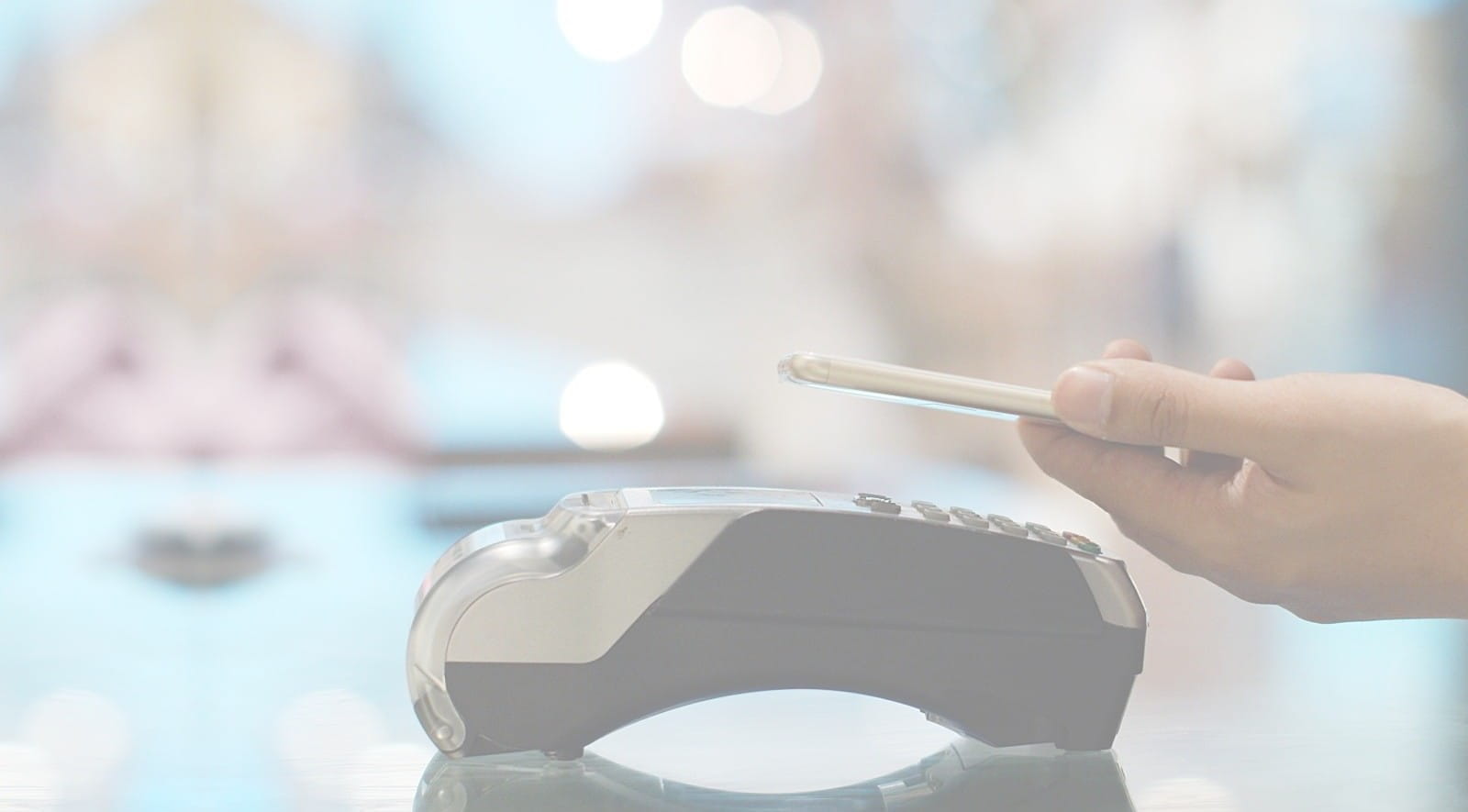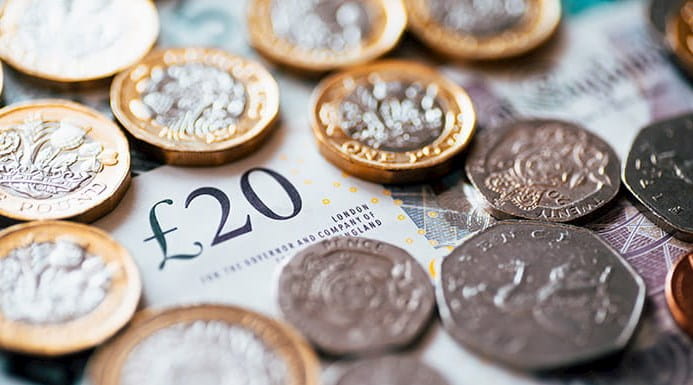For more than 50 years, the barcode has quietly transformed the way businesses operate. Its simplicity – a series of black and white lines representing a unique identifier – belies the profound impact this unsung hero has had on global commerce.
From powering efficient supply chains and seamless transactions to safeguarding product authenticity and underpinning the growth of e-commerce, the barcode has become the plumbing of global capitalism.
Every day, GS1 barcodes are scanned more than 10 billion times, keeping shelves stocked, facilitating online sales and ensuring that goods reach their intended destinations. For industries such as retail, healthcare, and logistics, barcodes have become indispensable.
Yet, as consumer expectations shift and the focus on sustainability intensifies, it is becoming clear that the barcode needs to start working harder if it is to meet the demands of the digital age.
That is why the barcode is currently undergoing an evolution – one that business leaders will find increasingly relevant as industry strives to adapt to new regulatory, technological and consumer demands.
The unsung hero of global commerce
The combinations of vertical black lines and white spaces of varying thickness and height that make up each barcode are simply visual representations of the 13-digit numbers found underneath – the Global Trade Item Number (GTIN).
These globally unique numbers power every barcode by identifying specific products and their relevant information. Computers linked to laser scanners can read these codes and use the exact combination of bars, spaces and numbers to retrieve data for that product in a standardised way.
Today, barcodes are found not only on household items from supermarkets or retail stores, but also licenses, rental cars, checked luggage, medical devices, patient wristbands, construction products and much more. In each case, they identify a product, person or asset and encode important information.
More than two million companies and one billion products around the world currently use GS1 barcodes, boosting efficiency and providing greater trust and transparency for businesses and their consumers alike.
The next generation of barcodes
But traditional barcodes have their limitations. They are static and carry minimal data. In contrast, QR codes bring the linear barcode into the digital age.
Scannable by both smartphones and specialised scanners, they provide dynamic links to detailed product profiles, revealing information on origins, ingredients, environmental impact and more.
This capability will be critical as businesses face growing pressures to enhance transparency, reduce waste and comply with diverse regulations across international markets. By standardising the way information is captured and shared, QR codes have the power to streamline cross-border trade, ensuring that sustainability credentials and product data are globally accessible and trustworthy.
Their ability to enable real-time product tracking is also game-changing for traceability and cross-border trade. This helps address regulatory differences and ensures compliance with sustainability standards. It also reduces counterfeiting, accelerates recalls and enhances product safety – key concerns in industries such as healthcare, consumer goods and construction.
For manufacturers and retailers, QR codes simplify inventory management and minimise errors. Better supply chain visibility enables businesses to adapt quickly to disruptions, optimise stock levels and reduce overproduction, lowering costs and further contributing to sustainability goals.
They are already unlocking new ways to connect with consumers. By embedding product details, allergen information, or sustainability credentials, brands can offer the transparency that modern consumers expect. QR codes can even link to exclusive content, promotions or loyalty programmes, turning packaging into a powerful dynamic engagement tool.
Supporting the global transition
The transition to QR codes is already underway. QR codes powered by GS1 are now being tested in 48 countries, with plans for a global rollout by 2027. Many leading household brands including PepsiCo, Unilever, P&G, L’Oréal and Tesco are already on board.
A recent GS1 UK survey of senior UK retail executives found that 41% expect QR codes to replace traditional barcodes within five years while another 48% think it is possible. Most believe that QR use will be the norm in UK retail environments by 2026, and they all think that this will be the case by 2030. In fact, nearly half (46%) of the companies we surveyed said they have already begun building QR capabilities, and 52% will start doing so within the next two years.
The success of the linear barcode wasn’t just about the technology; it was about collaboration. Businesses, industries and regulators came together to agree on the shared standards that have enabled supply chains and the interoperable data that powers them to cross borders, span continents and stretch across the entire globe.
The transition to QR codes requires an even greater level of collaboration. To succeed, industries must once again commit to common standards that will ensure consistency and reliability across diverse sectors and geographies. This is where GS1 plays a critical role. It provides the framework that will enables businesses to adopt QR codes efficiently at scale.
A transformational opportunity
The introduction of QR codes represents a unique opportunity to advance cross-border trade and sustainability efforts simultaneously. By providing detailed, standardised product information, QR codes can help businesses meet new regulatory requirements, boost efficiencies and empower consumers to make more informed choices.
[BIO] Iain Walker, ICAEW member and Director of Industry Engagement at GS1 UK
Business Confidence Monitor
ICAEW publishes one of the largest and most comprehensive quarterly surveys of business conditions and the health of the UK economy.





